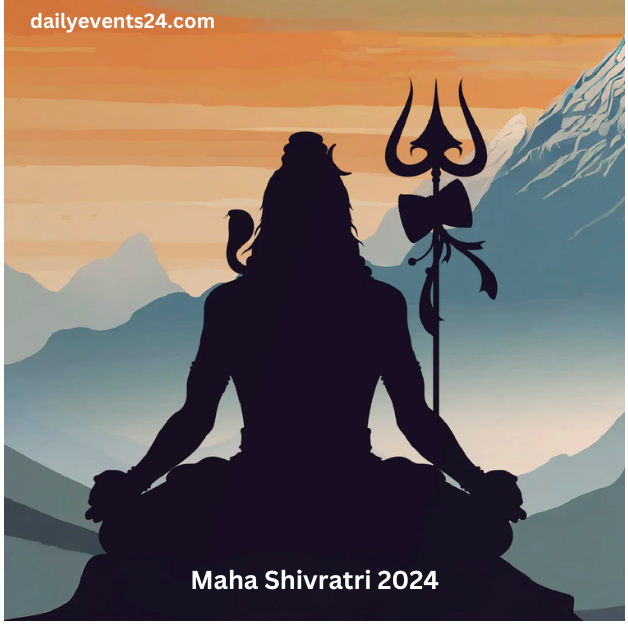In the kaleidoscope of India’s rich cultural tapestry, Maha Shivratri stands as a resplendent thread, weaving through the intricate fabric of traditions and spirituality. The simple answer to the question Why Maha Shivratri Is Celebrated In India?- is that this auspicious Hindu festival, celebrated with fervor and devotion, holds profound significance that transcends the realms of religious observance. Join us on a journey as we unravel the mystique behind the celebration of Maha Shivratri in the vibrant mosaic of India.
Table of Contents

Why Maha Shivratri Is Celebrated
Lord Shiva’s Night
Maha Shivratri, also known as the “Great Night of Shiva,” is an annual festival that reveres Lord Shiva, one of the principal deities in Hinduism. Celebrated on the 14th night of the dark fortnight in the month of Phalgun, this sacred occasion holds immense spiritual importance. Devotees embark on a nightlong vigil, engaging in prayer, meditation, and rituals to honor the cosmic dance of Lord Shiva, the Nataraja.
Cosmic Dance of Creation and Destruction
Nataraja, the Lord of Dance, symbolizes the cosmic cycles of creation and destruction. The rhythmic dance of Shiva signifies the eternal flow of energy, the perpetual cycle of birth, existence, and dissolution. Maha Shivratri provides devotees with an opportunity to align themselves with these cosmic rhythms, seeking spiritual awakening and renewal.
Observance and Rituals Of Maha Shivratri
Fasting and Vigil
Devotees mark Maha Shivratri by observing a day-long fast, demonstrating self-discipline and dedication. The night unfolds in a sacred vigil, where participants immerse themselves in prayer, reciting hymns, and performing rituals. The vigil is believed to cleanse the soul, fostering a deep connection with the divine.
Lingam Worship
Central to the Maha Shivratri rituals is the worship of the Shiva Lingam, a symbolic representation of Lord Shiva’s divine energy. Devotees offer water, milk, and bilva leaves to the Lingam, seeking blessings for spiritual growth and inner peace.
Mythological Significance
Delving into the mythological roots, Maha Shivratri is associated with several profound narratives. One such legend narrates the cosmic marriage of Lord Shiva and Goddess Parvati. Devotees celebrate this union, symbolizing the harmonious balance between the male and female energies, known as Shakti and Shiva.


Cultural Celebrations
Maha Shivratri extends beyond religious boundaries, weaving into the cultural fabric of India. Across the nation, grand processions, cultural events, and performances depict the vibrancy and diversity of the celebrations. Temples adorned with lights, vibrant decorations, and the melodious chanting of hymns create an enchanting atmosphere during this festive period.
Global Reverberations
In an era of globalization, Maha Shivratri has transcended geographical boundaries, resonating with people worldwide. From the serene banks of the Ganges to bustling cities across the globe, devotees unite in celebrating the cosmic energy encapsulated in Lord Shiva’s divine grace.
Conclusion
In the kaleidoscope of India’s rich cultural tapestry, Maha Shivratri stands as a resplendent thread, weaving through the intricate fabric of traditions and spirituality. This auspicious Hindu festival, celebrated with fervor and devotion, holds profound significance that transcends the realms of religious observance. Join us on a journey as we unravel the mystique behind the celebration of Maha Shivratri in the vibrant mosaic of India.
Why Maha Shivratri Is Celebrated In India?


Pingback: Bhakt Vatsal Namah LYRICS- Hansraj Raghuwanshi mp3
Pingback: Maha Shivratri Katha 2024- महाशिवरात्रि कथा